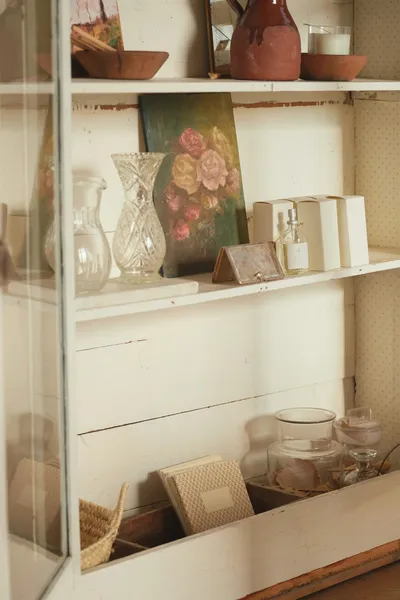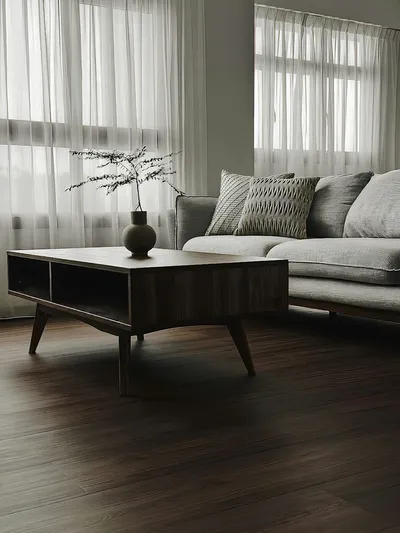Choosing the Perfect Color Palette for Your Home

Why the Right Color Palette Matters
Choosing the right color palette is crucial in home decor. It sets the tone for your entire living space and can influence your mood and the atmosphere of your home. A well-chosen color scheme can make a room feel larger, cozier, or more inviting.
Understanding Color Theory
Before selecting your home’s color palette, it's essential to understand basic color theory. The color wheel is a valuable tool that helps in creating harmonious color combinations. The primary colors are red, blue, and yellow, while secondary colors are created by mixing these primary colors: green, orange, and purple.
Complementary Colors
Complementary colors are opposite each other on the color wheel. Examples include blue and orange or red and green. Using complementary colors can create a vibrant and dynamic look.
Analogous Colors
Analogous colors are next to each other on the color wheel. These color schemes are pleasing to the eye and create serene and comfortable designs. Think of combinations such as blue, blue-green, and green.
Monochromatic Colors
Monochromatic color schemes use different shades, tones, and tints of a single color. This method results in a very cohesive and harmonious look. It’s a safe and effective way to add depth to a room without overwhelming it.
Factors to Consider When Choosing Your Color Palette
When deciding on a color palette, consider the following factors to ensure your choice enhances your home’s aesthetic and function:
Your Personal Style
Your home should reflect your personality and taste. If you love bold, vibrant colors, don’t shy away from using them. Conversely, if you prefer a calmer environment, neutral tones may be the way to go.
The Room's Purpose
The function of the room can heavily influence your color choice. For example, relaxing blues and greens are ideal for bedrooms, while lively yellows and reds might work well in a kitchen or dining area.
Natural Light
Consider how much natural light the room receives. Brighter rooms can handle darker, more intense colors, while darker rooms benefit from light, airy colors that help reflect available light.
Creating a Cohesive Look
To ensure your home has a cohesive and stylish look, consider the following tips:
Flow Between Rooms
Create a seamless transition between rooms by choosing colors that complement each other throughout your home. This doesn't mean each room must be the same color; instead, select a palette of colors that work well together.
Accent Walls
An accent wall can be a great way to introduce a bold color without overwhelming the space. Choose a wall that you want to highlight and experiment with a vibrant hue while keeping the other walls more neutral.
Incorporate Patterns and Textures
Patterns and textures can add interest and depth to your color scheme. Use patterned textiles, like throw pillows or rugs, and textured wallpapers or furniture to enhance your design.
Testing and Finalizing Your Palette
Before committing to a color scheme, test your chosen colors. Paint small swatches on your walls and observe them at different times of the day to see how they change with the light. This step ensures you’re happy with the colors before undertaking a full room paint job.
Choosing the perfect color palette can transform your home into a stylish and harmonious sanctuary. By understanding color theory, considering the room's function, and testing your choices, you'll create a space that reflects your personality and enhances your lifestyle.
Most Popular Interior Design Articles
Explore our most-read articles, featuring timeless design tips and popular styling ideas that resonate with our readers.

Smart Home Technologies to Transform Your Living Space

The Art of Accessorizing: How to Elevate Your Home Decor

